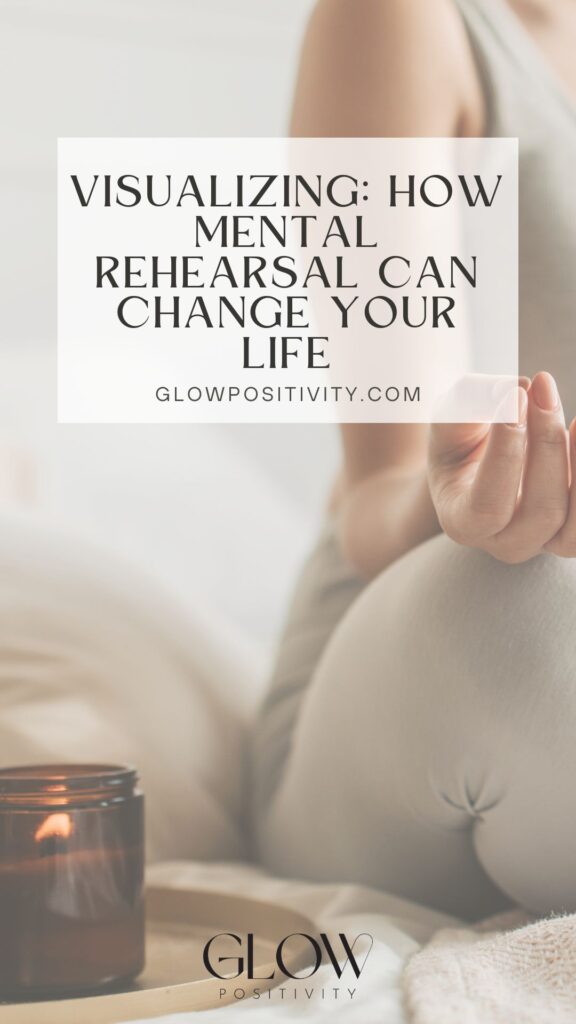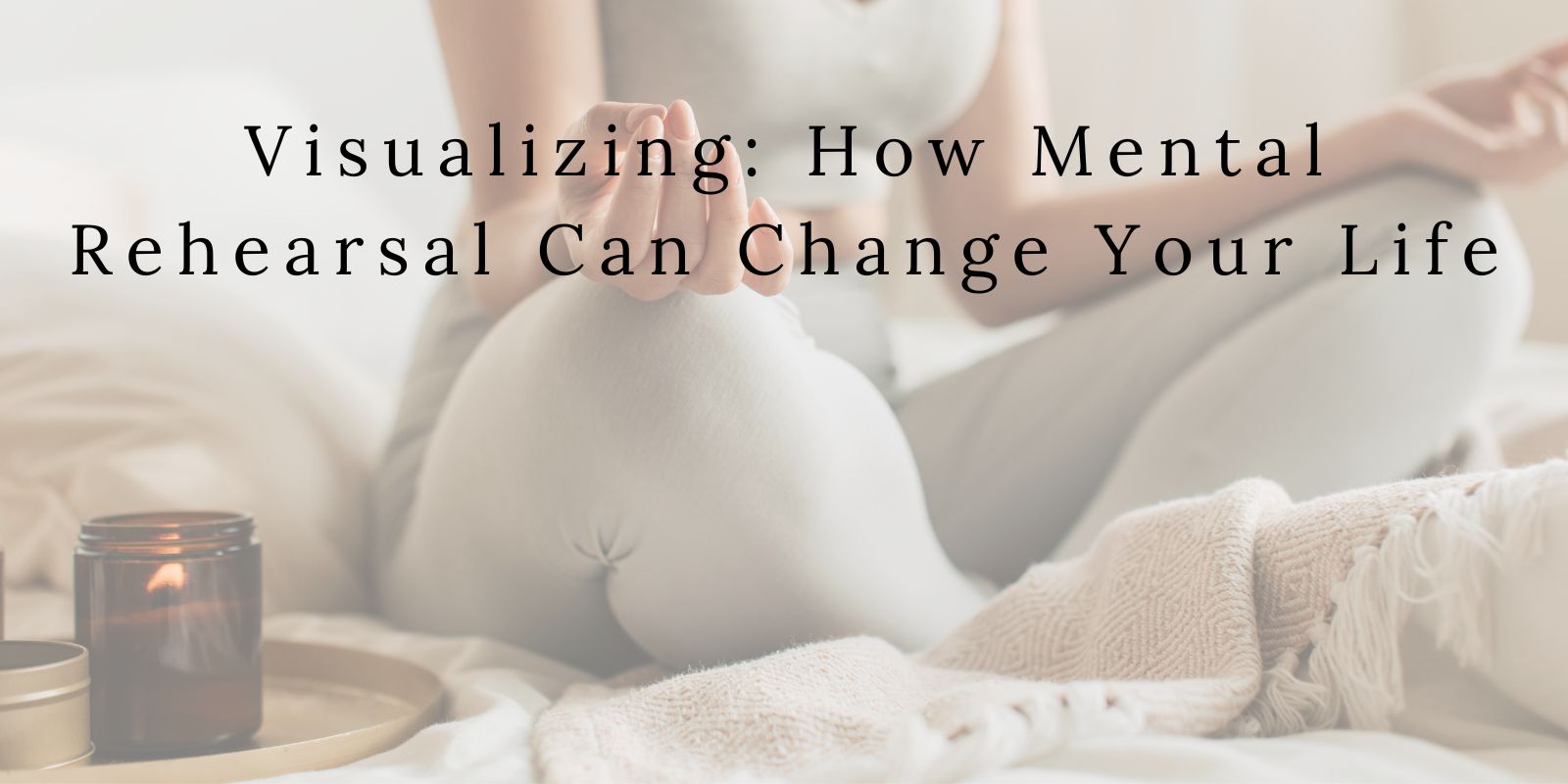One of the most important tools for manifesting is visualization. Using this tool has been proven to help achieve success. This blog will show you the science of visualising and how you can give it a go.
What is Visualization?
Visualization is simply the practice of imagining what you want to happen. It is often used in manifestation because it helps create positive imagery in your brain, making your goals feel more achievable.
The Science Behind Visualization
Science shows that when we repeat a task many times, the neuroplasticity in our brain strengthens, helping us develop new skills. With visualization, we can create the same neural connections as if we were physically performing the task—without actually doing it.
Many people, including professional athletes, use this technique to perfect their skills. For example, before a professional diver jumps, they imagine themselves executing the move perfectly. This mental rehearsal helps improve performance by reinforcing the necessary motor skills and boosting confidence.
Scientific Studies on Visualization
A well-known Harvard study found that participants who visualized practicing the piano without actually playing it improved their skills almost as much as those who physically practiced. This demonstrates how the brain forms neural pathways even without physical movement. Similarly, a study published in the Journal of Neurophysiology showed that simply imagining muscle contractions could increase strength.
How Visualization Works
You can’t just imagine yourself doing a perfect dive and expect it to happen effortlessly. Visualization is a tool that must be paired with action. Every time you visualize yourself achieving something, your brain can’t distinguish between the real experience and the imagined one. This helps condition your mind and body for success.
Ways to Visualize
There are a few different ways to practice visualization:
1. In Your Mind
Mentally picturing what you want is a powerful way to practice visualization.
- If you’re an athlete learning a new skill—like an axel jump in figure skating—find a quiet, comfortable place where you can relax. Close your eyes and imagine yourself performing the move. Break it down step by step, feeling what each part of your body needs to do.
- To visualize your dream life, first get clear on what you want. Then, imagine how you would feel, what you would hear, and even what you would smell if you were already living that life.
2. Writing It Down
Writing down your goals in the present tense makes visualization even stronger.
- For example, instead of saying, “I want to live by the ocean,” write, “I am grateful to wake up in my beautiful beach house, overlooking the shore. I can feel the sea breeze in my hair and hear the waves crashing outside my window.”
- This method helps solidify your vision and makes it feel more real.
3. Vision Board
A vision board is a collection of images, quotes, and symbols that represent your goals and dreams.
- You may have seen vision boards on Pinterest—they’re a great way to stay focused on your goals.
- Create a vision board by gathering pictures and words that inspire you. Place it somewhere visible so you can look at it daily and remind yourself of what you’re working toward.
Guided Visualization Exercise
If you’re new to visualization, try this simple exercise:
- Find a quiet place where you won’t be disturbed.
- Close your eyes and take a few deep breaths.
- Picture yourself achieving your goal. What do you see? Who is with you? What does success feel like?
- Imagine it as if it’s happening right now, engaging all your senses.
- Stay in this mental space for a few minutes before gently bringing yourself back to the present moment.
Find What Works for You
Experiment with different visualization methods and see which one resonates with you the most. There’s no wrong way to visualize—what matters is focusing on the positive outcomes you want to attract into your life.
Consistency is Key
One of the most important things to remember with all manifesting tools is consistency. The amount of time you visualize is not nearly as important as doing it regularly. Even just five minutes a day can help you achieve your goals faster. You can also try pairing your visualisation practice with some affirmations.

